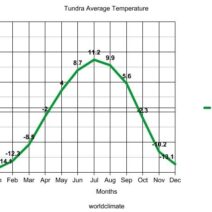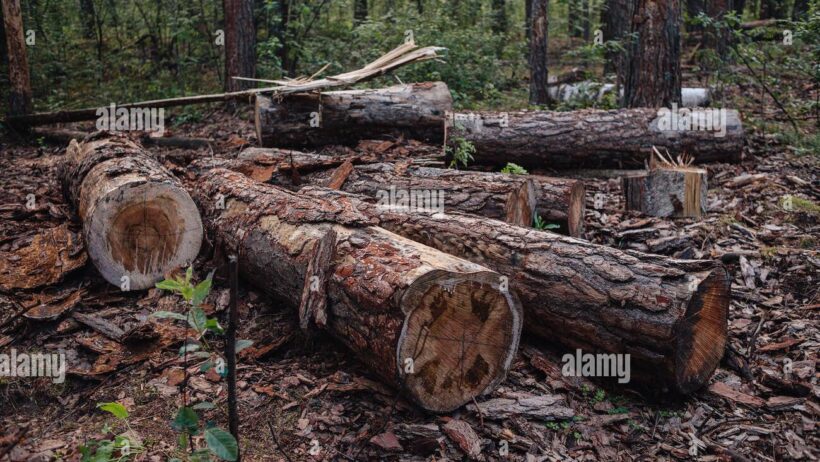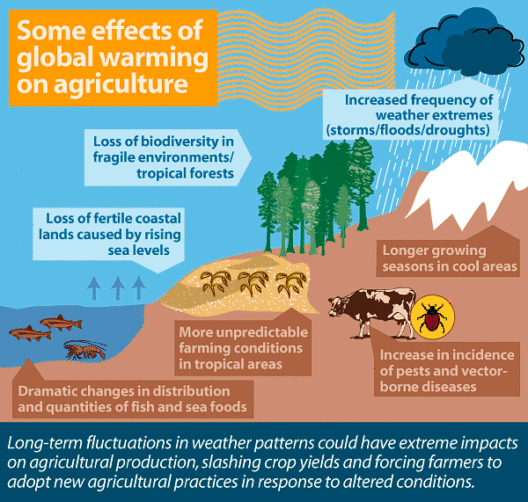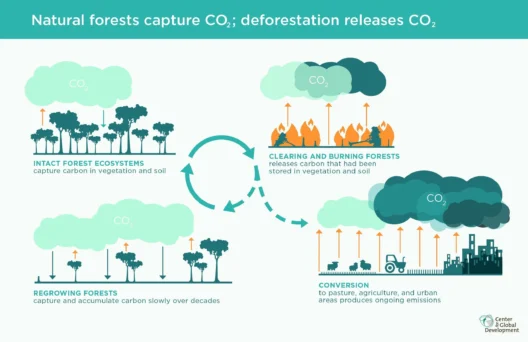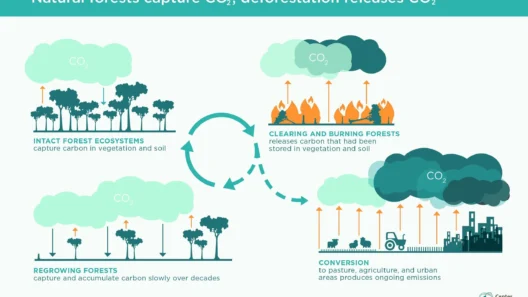Imagine standing in the midst of a lush forest, where the air is crisp and filled with the scent of verdant trees. Now, what if that scene were transformed into a desolate wasteland? This stark contrast embodies the ramifications of deforestation, a dire environmental concern that silently pervades our planet. How does cutting trees relate to the alarming acceleration of climate change? As we delve into this vital connection, we will uncover the intricate dance between deforestation and global warming.
The act of cutting down trees, a practice known as deforestation, has numerous implications for our planet’s climate. Trees act as crucial carbon sinks; they absorb carbon dioxide (CO2) from the atmosphere and sequester it in their biomass. When trees are felled, this stored carbon is released back into the atmosphere, exacerbating the greenhouse effect—a phenomenon that contributes to rising global temperatures. One might ponder: if we continue on this reckless path, how will our environment respond?
Firstly, it is pertinent to understand the role of trees in maintaining the Earth’s ecological balance. Forests serve as a carbon reservoir, playing a pivotal role in regulating atmospheric CO2 levels. According to estimates, deforestation accounts for approximately 10-15% of global greenhouse gas emissions. As trees are stripped away, the Earth loses significant capacity to mitigate climate change, resulting in an uptick in average temperatures. Furthermore, this process leads to a cascade of environmental disturbances, which further complicates the already precarious situation.
Consider the albedo effect, a term that refers to the reflectivity of the Earth’s surface. Forested areas typically possess lower albedo, meaning they absorb more sunlight than reflective surfaces like deserts or tundra. This absorption helps in cooling the local climate. However, when forests are decimated, the exposed land—often devoid of vegetation—reflects sunlight, increases surface temperatures, and disrupts local and global climate patterns. Could it be that the very land we seek to cultivate is becoming our adversary in the fight against climate change?
Moreover, the loss of trees disrupts evapotranspiration, a process where trees absorb water from the soil and release it back into the atmosphere. This natural mechanism is critical for maintaining humidity levels and regulating rain patterns. With fewer trees, areas experience reduced rainfall and prolonged droughts, which adversely affects agricultural yields and food security. Is humanity blindly accelerating toward an agricultural crisis while gnawing at the very roots of our survival?
In addition to local impacts, deforestation contributes to the phenomenon of climate feedback loops. For instance, diminishing forests can lead to increased soil erosion and decreased fertility, further driving the need for chemical fertilizers. The usage of these fertilizers releases nitrous oxide, another potent greenhouse gas. Thus, we find ourselves caught in a loop of detrimental cycles—a pernicious chain reaction fueled by our own actions.
Additionally, deforestation also directly threatens biodiversity, the intricate web of life that sustains ecosystem health. The destruction of habitats forces countless species to either adapt, migrate, or face extinction. Such biodiversity loss undermines resilience against environmental changes, making ecosystems more vulnerable to stresses such as climate change. With less biodiversity, the environment has diminished capacities to adapt to global temperature increases, thus exacerbating the ongoing crisis. Are we, as stewards of the Earth, prepared to witness the extinction of countless species due to our own negligence?
Addressing the issue of deforestation and its climatic repercussions is undeniably complex. Solutions must encompass broad strategies that transcend mere afforestation efforts. Sustainable land management practices, agroforestry, and reforestation initiatives can forge pathways toward restoring ecological balance. Moreover, fostering awareness and initiating community involvement are crucial for engaging local populations in conservation efforts. Are we willing to confront our habits and embrace sustainable practices for the sake of future generations?
In the realms of policy, governments hold significant power to enact regulatory frameworks that protect forests. The implementation of strict logging regulations, of promoting sustainable forestry practices, and increasing the establishment of protected areas can prove instrumental in curtailing deforestation. Investing in renewable energy sources and incentivizing carbon-neutral practices can further mitigate emissions while safeguarding trees. Can policymakers rise to the challenge and prioritize environmental health over short-term gains?
Ultimately, the connection between cutting trees and climate change underscores a larger narrative—one that speaks to humanity’s relationship with nature. As we navigate this pivotal moment, we must recognize that every action matters. Each tree cut signifies potential warming, loss of biodiversity, and environmental degradation. Conversely, every tree preserved is a step toward healing our planet. Will we make the conscious decision to cherish our forests and protect them? The future of our planet depends on our choices today.
In conclusion, the link between deforestation and climate change is irrefutably potent. Cutting trees is not merely an act of changing landscapes but a catalyst for climatic upheaval. It invites us to ponder our stewardship of the Earth and the legacy we leave behind. Armed with information and a collective responsibility, we can confront this pressing challenge, ensuring a more sustainable world for generations yet unborn. The question remains, are we prepared to take the necessary steps to safeguard our planet?
